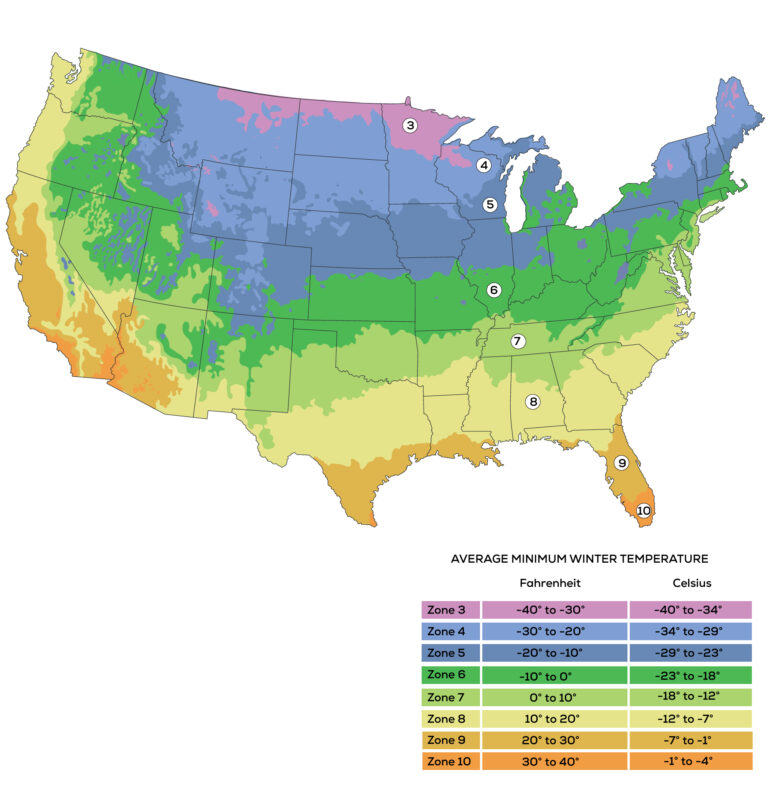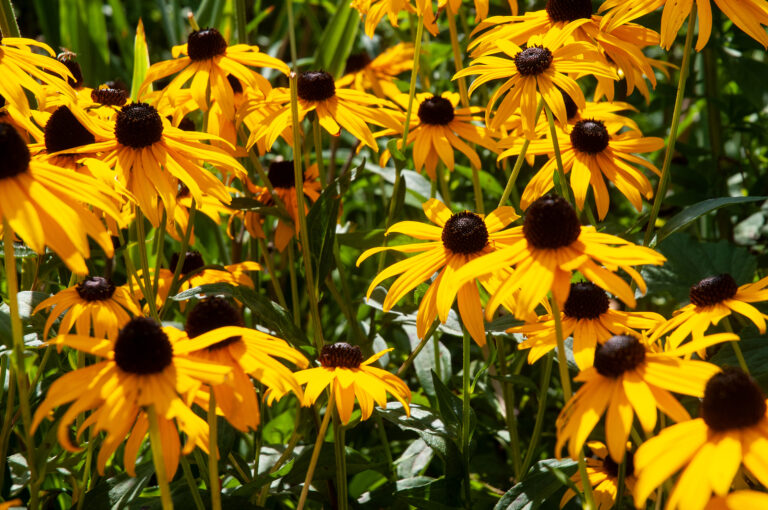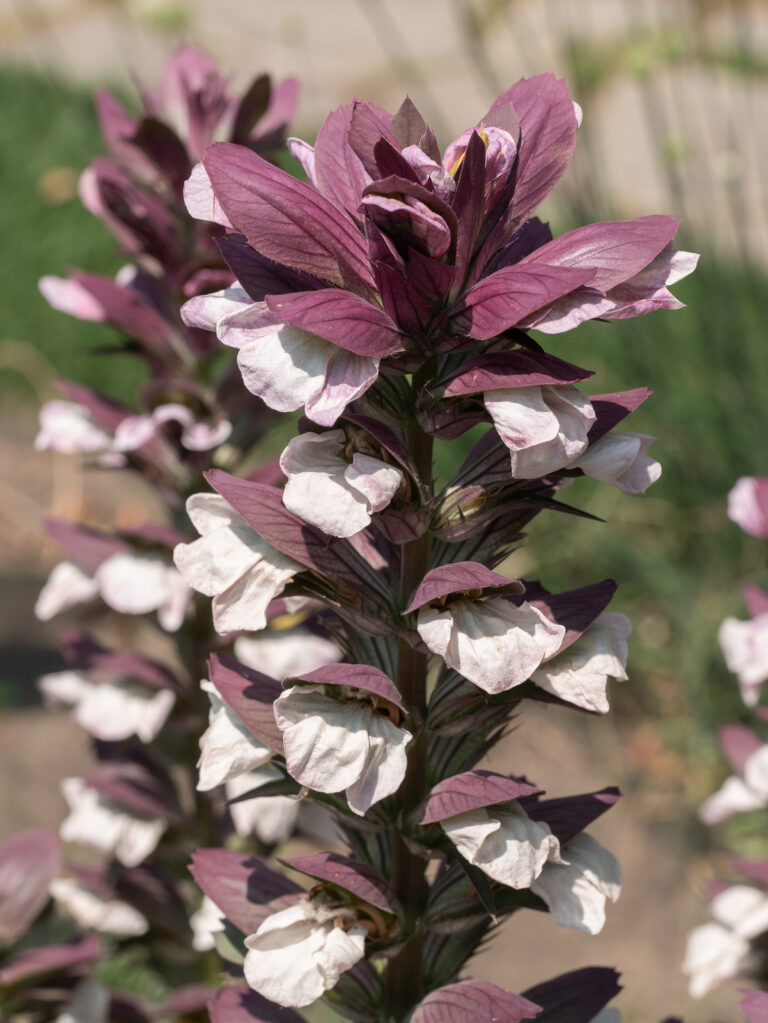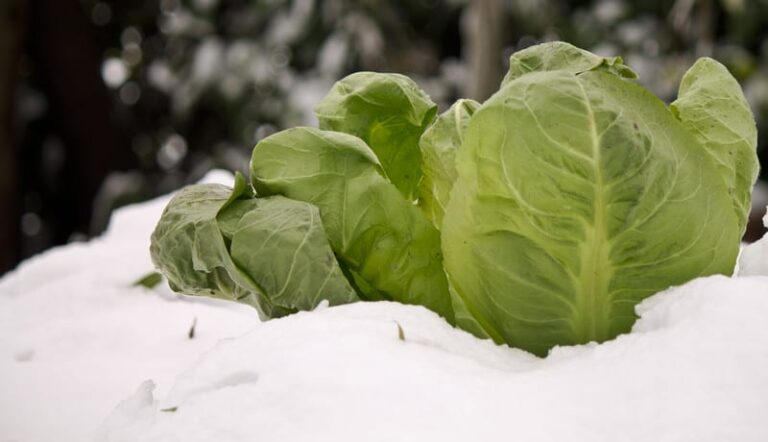December Flower Garden Tips Zone-by-Zone
December brings to a close the garden year, but there are still things to do in the garden. In warm climates, gardeners are still busy planting perennials and cool-weather annuals. In cold climates, winter plant protection can be put in place and the soil can be prepared for next spring–even frozen ground can be sheet composted, adding nutrients to the soil.
Where the soil is still workable, this month is perhaps the last chance to get spring-flowering bulbs in the ground–both north and south. Everywhere tools can be cleaned and sharpened, garden records and maps can be updated, and plans for the coming growing season can be worked. With next year’s garden plan in mind, you can prepare and order seeds and plants for the coming year.
There is always opportunity in the garden.
Here is a zone-by-zone to-do list for December. You’ll find planting and garden care tips for trees and shrubs, perennials, annuals, bulbs, the lawn, and houseplants.
Use the USDA Hardiness Zone Map to check your zone if you are unsure. Now is the time to get the garden ready for the coming winter.
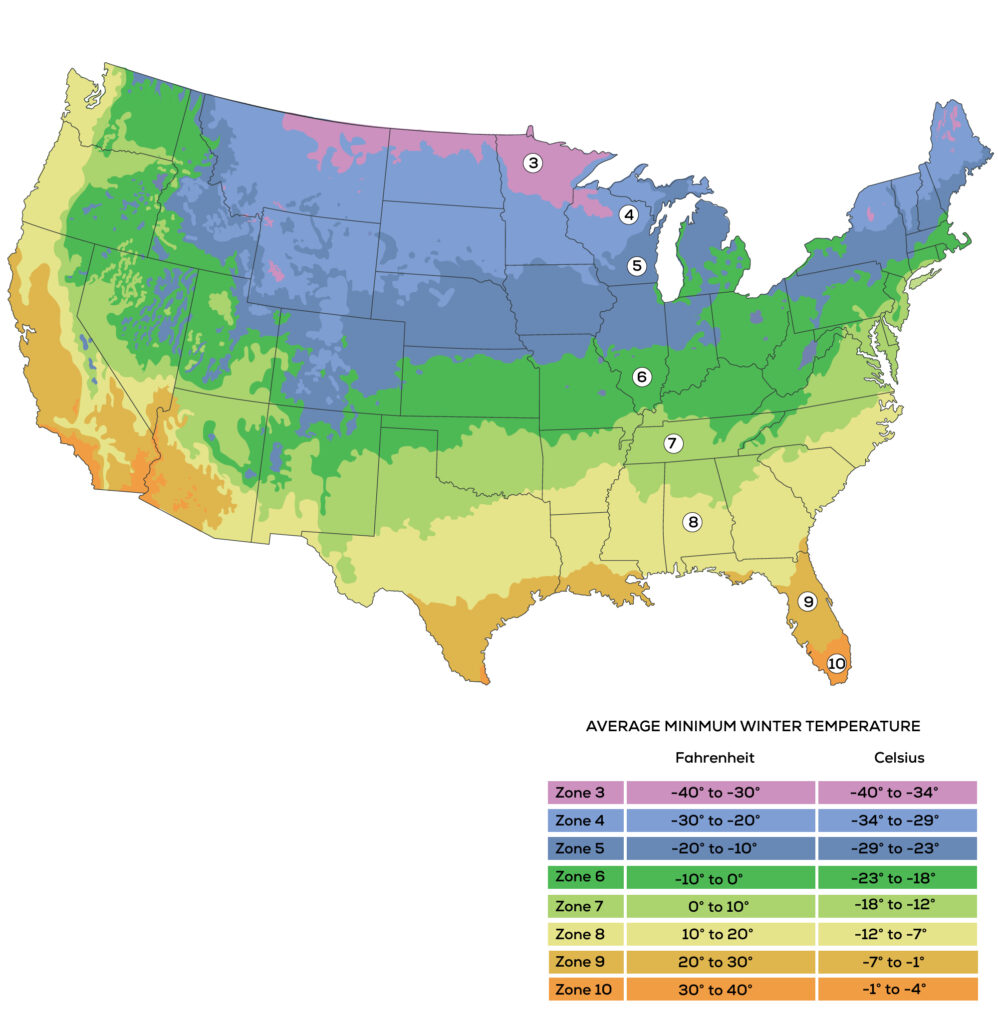
Trees & Shrubs
Zones 9-11: Now is a good time to plant trees and shrubs. Plant bare-root, container-grown, and balled-and-burlapped stock and evergreens. Plant native shrubs. Water and fertilize newly planted stock. If you have shrubs in the wrong places, this is a good time to relocate them. Prune established trees, shrubs, and vines while dormant. Prune shrubs that blossom on new wood. Remove any dead or diseased wood. Cut back old growth crossed limbs, and branches growing inwards. Examine small trees for bad crotches. If a Y crotch exists, remove one of the branches while the tree is small. Take tree and shrub hardwood cuttings for propagation. Feeding time is over for most established trees and shrubs; feed only plants displaying new growth. Watch for pests and signs of disease. Start planning spring plant orders.
Zones 7-8: Finish planting balled-and-burlapped and container-grown stock as long as the soil is not frozen. Wait until spring to plant bare-root trees and shrubs. Water evergreens and newly planted trees and shrubs deeply before the ground freezes. Newly set trees should have firm supports; set tree poles and support wires in place. Protect plant bark from injury by placing coarse burlap on supports where the support may rub against the plant. Prune out any dead, diseased, or broken branches from trees and shrubs. Put windbreaks, mouse guards, and other winter protection in place. When the soil freezes a few inches deep, mulch plants, especially newly planted trees, and shrubs. Look for overwintering pests; remove and destroy them. Start planning spring plant orders.
Zones 1-6: Put windbreaks, mouse guards, and other winter protection in place. When the soil freezes a few inches deep, be sure newly planted trees and shrubs are well-mulched. Place a permanent, year-round mulch of chopped leaves under rhododendrons, azaleas, and mountain laurel; mulch will help maintain soil acidity and stabilize soil moisture. Look for overwintering pests; remove and destroy them. Prune broken branches after a storm to remove any damaged or dangerous limbs. Start planning spring plant orders.
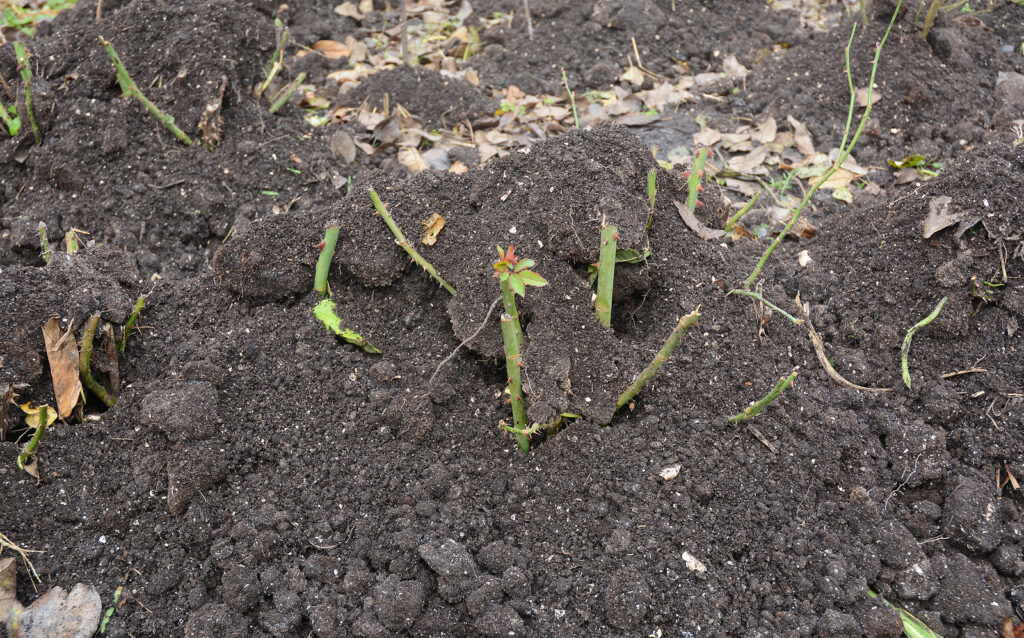
Roses
Zones 9-11: Plant bare-root and container-grown roses while dormant. If roses don’t go dormant where you live, plant in winter or spring. Water roses regularly. Hold off on fertilizer to avoid encouraging tender new growth in winter. Check to make sure climbers stay fastened to their supports. Cleanup and dispose of any dropped leaves; garden litter can harbor pests and diseases. Mulch new plants with chopped leaves or straw; this will save water and protect plant roots. Start planning spring plant orders.
Zones 7-8: Prune off soft, weak late growth which will be damaged by frost. Clean up and dispose of dropped leaves. Mound the soil around the base of individual roses to protect the roots and crown from cold. Climbing roses can be badly injured if whipped around by winter winds, so tie them to the trellis unless they have been bundled and laid on the ground. Roses growing in pots may need protection if winter temperatures threaten to go lower than 20°F (-6.7°C); wrap the entire plant in burlap. Start planning spring orders.
Zones 1-6: When protective soil mounds around roses have frozen, top the mounds with mulch. Put protective covers over climbers that have been bundled and laid on the ground; use evergreen boughs or bark and wood chips. Check winter protection periodically to be sure it stays in place. Pruning can wait until early spring, at that time winter-killed wood can be removed. Start planning spring orders.
Lawns & Ground Covers
Zones 9-11: Lightly fertilize or top-dress with compost new cool-season lawns, and ryegrass sown over summer lawns. Water if the lawn if the weather is dry. If you have a cool-season grass that dies back in winter, you can clean and store your lawnmower for winter.
Zones 7-8: Rake up leaves from lawns. When the ground freezes, avoid walking on the lawn. Walking on frozen grass will leave bare spots on the lawn come spring.
Zones 1-6: Avoid walking on the lawn when it is frozen; you may cause bare spots next spring. Place some sort of barrier across “short cuts” likely to be used by others.
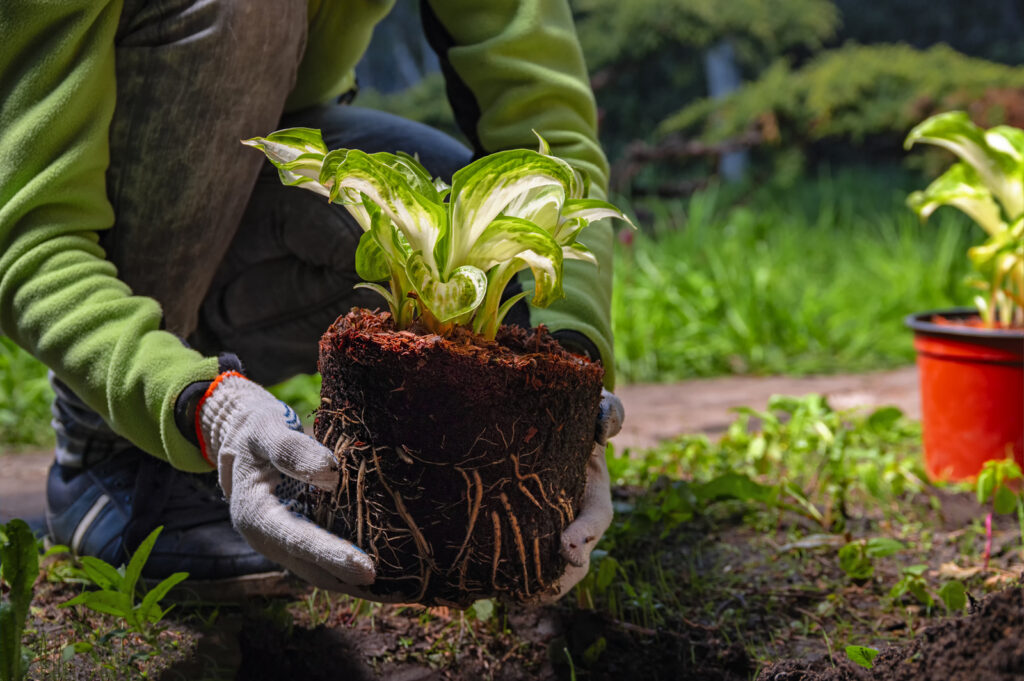
Perennials
Zones 8-11: Plant container-grown perennials. Sow the seed of perennials that requires a cold treatment such as columbine, turtlehead, purple coneflower, and garden phlox; start them in pots and leave them outside through winter. Water new plantings regularly. Protect tender plants when threatened by a frost or freeze. Mulch perennials should a hard freeze occur. Some succulents need extra protection from freezes and heavy rains. Move container plants to shelter under eves of the house or under trees or tall shrubs. Dig up dahlia clumps; don’t divide clumps until spring when new growth begins to develop. Water plants deeply if there is no rain. Weed and clean up beds and borders. Update designs for beds and borders. Start planning spring plant orders.
Zones 5-7: Even though the ground may not be frozen, and transplanting of perennials is best put off until spring when plants will have time to re-establish themselves in warmer soil. Work some compost into the soil around perennials to improve the soil structure and drainage. When the ground freezes, mulch perennials to prevent frost heaving. Don’t make winter mulch too thick; plants can be smothered and rot under a very heavy mulch. Update designs for beds and borders. Start planning spring plant orders.
Zones 1-4: Work some compost into the soil around perennials to improve the soil structure and drainage; alternate freezing and thawing in winter will break down organic soil amendments and prepare the soil for spring planting. Protect tender perennials and vines and autumn planted perennials and vines as soon as the ground is frozen; mulch with leaves, evergreen branches, and straw; for acid-loving plants, add a protective mulch of peat moss, pine needles, or oak leaves. Periodically check mulched perennials for frost heaving if there is no snow cover. Check windbreaks and other winter protection. Update designs for beds and borders. Start planning spring plant orders.
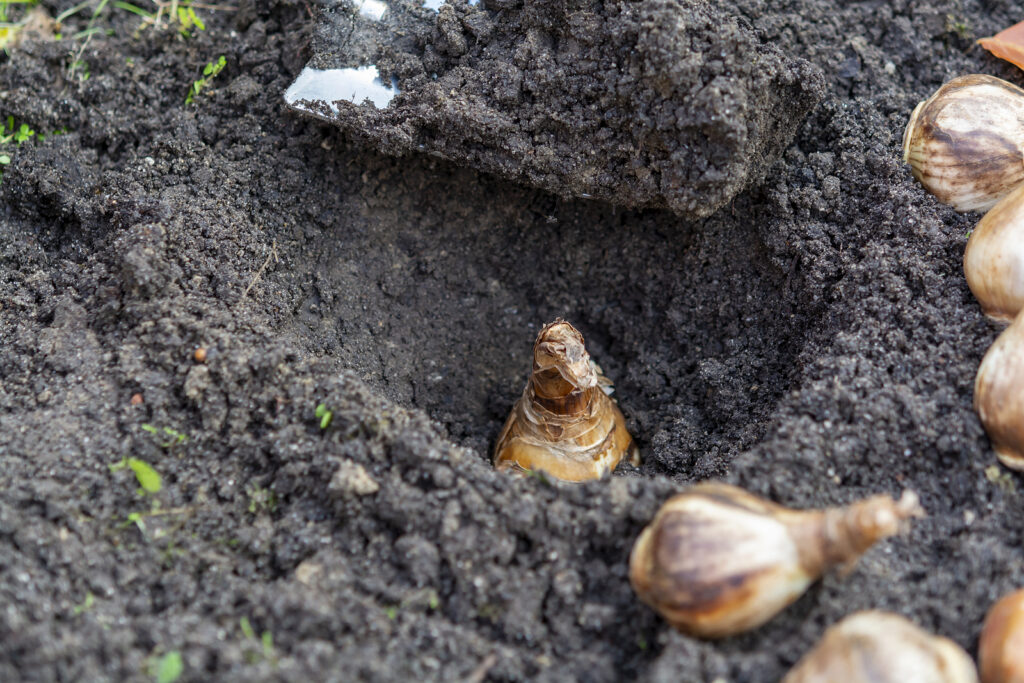
Bulbs
Zones 9-11: Plant precooled spring-flowering bulbs; add either compost or slow-release fertilizer to the hole at planting time. Water if the weather is dry.
Zones 1-8: Finish planting precooled spring bulbs—crocus, daffodils, paperwhites, and tulips. Mulch planted bulbs after the first hard freeze; mulch with leaves or evergreen boughs. Check summer bulbs in storage; throw out any bulbs with mold, mildew, or soft spots.

Annuals
Zones 8-11: Plant hardy annuals. Quick and colorful containers or beds can be planted with cool-season annuals like pansies, violas, primroses, snapdragons, and calendulas. Weed, water, fertilize and deadhead winter annuals already growing. Apply a balanced fertilizer to cool-season annuals; use a liquid fertilizer for faster action. Remove fall annuals when worn-out then replant. Update designs for beds and borders. Start planning seed and plant orders for spring.
Zones 1-7: Care for plants growing indoors from cuttings taken in fall. Very lightly tug at plant cuttings started in fall to see if they are rooting. Make sure they have adequate moisture. Rooted cuttings can be potted up. Clean up the garden if not yet done. Update designs for beds and borders. Start planning seed and plant orders for spring.
Container Gardens
All Zones: Clean out any containers before storing for winter. Care for tender container plants brought indoors for winter. Check container plants in the cold frame periodically. Watch for pests and signs of disease. Start planning container plantings for next year. Begin preparing seed and plant orders.
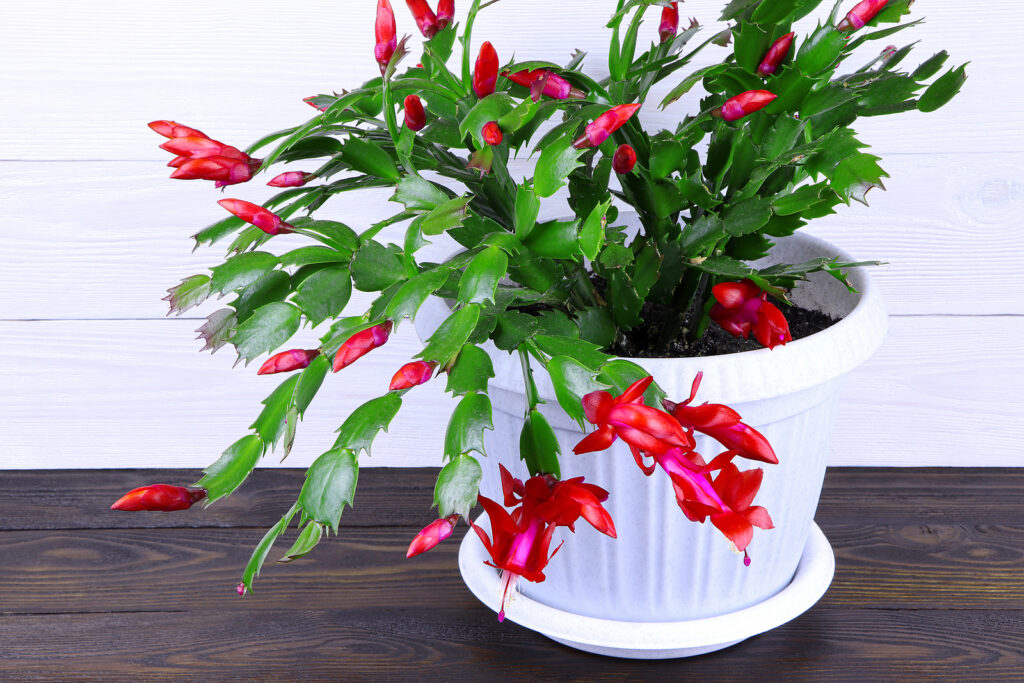
Houseplants
All zones: Take cuttings of begonias and geraniums for extra plants next summer. Cut pieces of healthy, firm branches 3 or 4 inches (7.5-10cm) long just below a joint. Remove lower leaves and insert the slip in clean sand, or a 50-50 mixture of sand and peat moss. After small roots have formed, pot up the seedling in light soil and keep repotting to larger containers as the plant grows.
Pot up daffodil bulbs for bloom indoors in late winter. Set them in a cold frame until roots have formed then bring them into a cool room for gradual forcing.
Plants in full growth should have an application of plant food now. Use a liquid fertilizer and follow directions carefully.
The Christmas cactus, Schlumbergera, after a fall rest now requires plenty of sun or bright light, watering about every third day, and plant food according to directions.
If crassula or jade plant leaves are yellowing or falling, stop watering for 1 or 2 weeks then water only once or twice weekly as necessary.
Let begonias dry out a little between waterings.
Keep all house plants free of dead leaves or dying branches. Stir the topsoil frequently with a fork; this will prevent crusting. Feed only those houseplants in an active state of growth. Many are now resting.
Many houseplants are not growing much this time of year and therefore need less water. However, home heating systems can dry out plants faster than usual so check the plants at least once a week.

Plants to Enjoy in December
Border and rock garden plants in flower: Hyacinths, Iris unguicularis, Narcissus ‘Paper White’, Narcissus ‘Grand Soleil d’Or’.
Trees and shrubs in flower: Chimonanthus (wintersweet), Erica carnea (heather), Hamamelis mollis, Jasminum nudiflorum (winter jasmine), Mahonia.
Trees and shrubs with colorful fruit: Arbutus, Aucuba, Callicarpa, Ilex, Pernettya, Pyracantha, Skimmia japonica, Sorbus (mountain ash).
Water plant in bloom: Aponogeton (water hawthorn).
Perennials in bloom (outdoors or in a greenhouse): Aphelandra, Azalea indica, Begonia, Chrysanthemum, Cineraria, Cyclamen persicum, Euphorbia pulcherrima, Primula kewensis, Primula obconica.
Houseplants in flower: Begonia semperflorens, Chlorophytum, Euphorbia pulcherrima, Saintpaulia, Solanum capsicastrum, Zygocactus truncatus (Christmas cactus).


